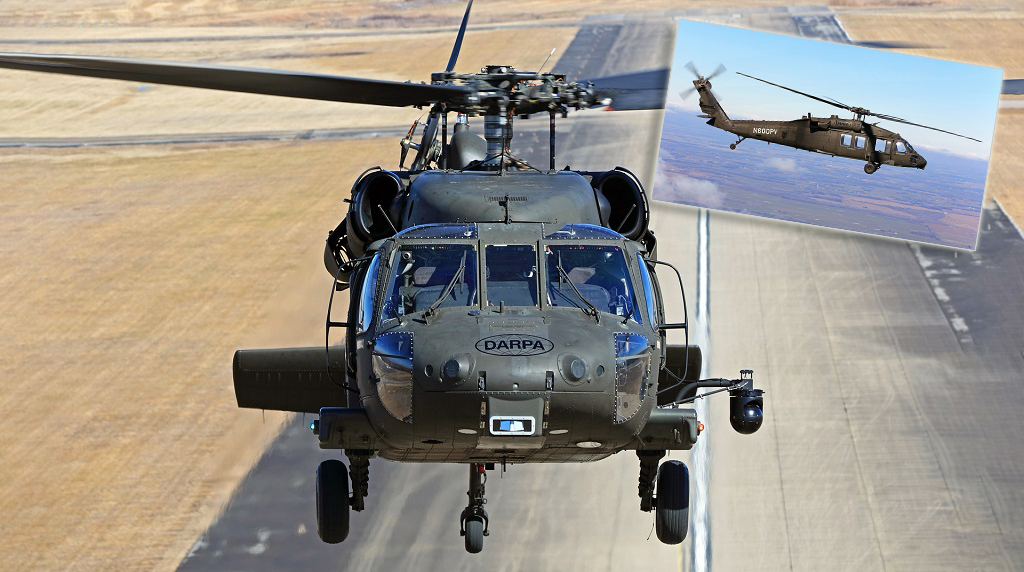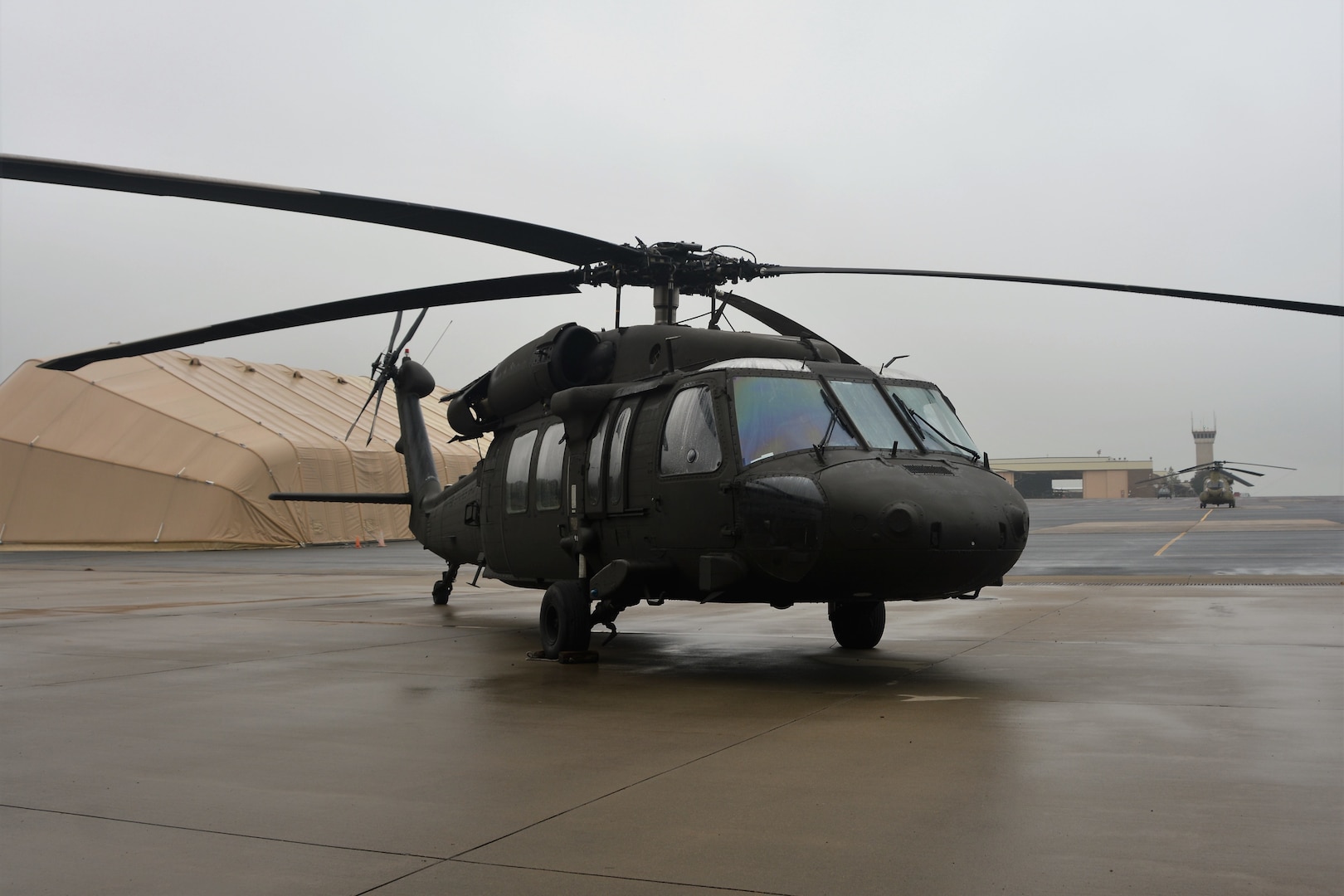A Comprehensive Guide to the Upkeep and Care of Aircraft for Longevity
The longevity of an aircraft pivots dramatically on its upkeep and treatment, requiring a structured approach to make certain optimum efficiency and security. Understanding the intricacies of these practices can be complex; consequently, it is important to discover the essential aspects that contribute to reliable airplane care and the effects of ignoring these obligations.
Relevance of Routine Maintenance
Normal maintenance is essential for the safety and security, effectiveness, and longevity of airplane. A systematic strategy to maintenance ensures that all elements function ideally, thus reducing the danger of mechanical failure throughout operation. Normal assessments and servicing permit specialists to recognize prospective concerns before they rise into substantial problems, making certain that the aircraft remains in compliance with air travel regulations.
Additionally, maintaining an airplane according to the manufacturer's guidelines is crucial for protecting its worth. A well-documented maintenance background can enhance resale potential customers and instill confidence in possible purchasers. In addition, routine upkeep adds to operational effectiveness, as it aids to optimize fuel usage and efficiency metrics, leading to cost savings with time.
In addition, regular maintenance adds to the general safety and security of flight operations (uh 60). By dealing with deterioration without delay, drivers can reduce dangers connected with aging airplane systems. This aggressive technique not only shields the lives of guests and staff but likewise safeguards the aircraft itself versus catastrophic failings

Daily Inspection Checklist
Exactly how can pilots and maintenance teams make certain the aircraft remains in ideal condition before each trip? The response hinges on a thorough day-to-day assessment list, which acts as an important protocol to determine possible problems that can compromise security and efficiency. This checklist needs to encompass numerous crucial locations, including outside and indoor examinations, in addition to useful checks of essential systems.
Starting with the exterior, staffs ought to analyze the airframe for any noticeable damage, leaks, or indicators of corrosion. Interest must be paid to manage surface areas, landing gear, and the problem of tires. Relocating to the interior, the staff should verify that all controls and instruments are functional, making certain that digital systems are functioning properly.

Along with architectural checks, it is important to evaluate gas degrees and validate that all needed files, consisting of enrollment and weight and equilibrium information, are up to date. Finally, an evaluation of emergency situation tools, including life vests and fire extinguishers, should be carried out to ensure compliance with safety laws. By vigilantly following this everyday assessment list, pilots and upkeep teams can considerably boost the security and integrity of their airplane.
Set Up Maintenance Programs
Scheduled upkeep programs are important for the lasting safety and security and performance of aircraft operations. These programs are made to make sure that all aircraft components undergo regular inspections, maintenance, and necessary repairs at predetermined intervals. By adhering to an organized upkeep schedule, operators can substantially decrease the risk of in-flight failures, improve airplane reliability, and extend the life expectancy of essential components.
Generally, set up maintenance is classified into various levels, including A, D, b, and c checks, here are the findings each with distinct requirements and thoroughness. A checks are typically a lot more constant and concentrate on basic minor repairs and aesthetic inspections, while D checks are much more extensive and happen much less often, entailing comprehensive disassembly and overhaul of the aircraft.
Regulative bodies, such as the FAA and EASA, mandate compliance with particular maintenance routines based on aircraft type and use. Operators needs to keep careful documents of all maintenance carried out to demonstrate conformity and help with evaluations. The integration of anticipating upkeep innovations can further improve the effectiveness of scheduled programs by determining prospective issues prior to they intensify, therefore guaranteeing that airplane stay in optimal problem and prepared for secure operations.
Care for Airplane Interiors
Taking care of aircraft insides is important not just for traveler convenience but additionally for maintaining the total value and safety and security of the airplane. Regular cleaning and upkeep of the interior parts add considerably to a favorable flying experience while protecting the airplane's aesthetic allure.
To guarantee optimal treatment, it is important to develop a regular cleaning timetable that includes vacuuming carpetings, wiping down surface areas, and sterilizing high-touch locations. Furniture and seats must be inspected for deterioration, with any damage without delay addressed to stop further deterioration. Additionally, interest must be provided to the galley and lavatory locations, which require complete cleansing and restocking of supplies to preserve health.
In addition, making use of proper cleaner is vital; extreme chemicals can damage coatings and materials, so it is suggested to use products especially developed for aircraft insides. Regular inspections ought to additionally be conducted to recognize any maintenance requires, such as changing damaged seat covers or repairing window tones. By prioritizing the treatment of aircraft interiors, drivers click here to find out more can boost the total guest experience and safeguard the financial investment in their airplane.
Recognizing Governing Conformity
Governing conformity is a necessary aspect of aircraft maintenance, usually calling for drivers to stick to an intricate structure of regional, nationwide, and worldwide requirements. This framework is primarily established by aeronautics governing bodies such as the Federal Aviation Management (FAA) in the USA and the European Union Aeronautics Security Company (EASA) in Europe - uh 60. These organizations set forth laws that control different elements of aircraft upkeep, including airworthiness, safety and security methods, and functional procedures

Furthermore, drivers have to remain educated concerning changes in guidelines and take part in training programs to make certain that their team is well-informed regarding compliance needs. Failing to follow these policies can result in severe charges, consisting of penalties, grounding of aircraft, or loss of certification. Understanding and sticking to regulatory conformity is extremely important for the longevity and safety of aircraft procedures.
Verdict
To conclude, the upkeep and treatment of airplane are critical for making sure longevity, safety and security, and functional effectiveness (uh 60). Normal assessments, adherence to day-to-day lists, and systematic upkeep programs assist in the early identification of prospective concerns. Additionally, interest to the aircraft's inside and conformity with read more governing standards dramatically contribute to maintaining its worth. By executing these practices, operators can improve the total experience for guests while guarding the financial investment in aeronautics possessions.
The long life of an airplane pivots substantially on its upkeep and care, demanding an organized strategy to guarantee optimum performance and safety and security. By vigilantly following this everyday examination checklist, pilots and upkeep teams can significantly enhance the safety and security and reliability of their airplane.
These programs are created to make sure that all airplane elements undertake regular examinations, maintenance, and essential repair services at fixed periods. By prioritizing the treatment of aircraft interiors, operators can boost the general passenger experience and secure the financial investment in their airplane.
In final thought, the upkeep and care of aircraft are critical for guaranteeing durability, safety, and functional performance.